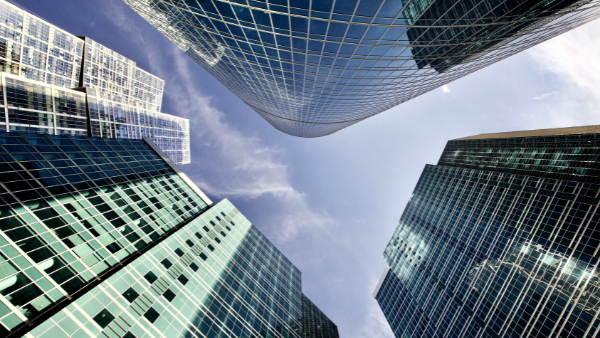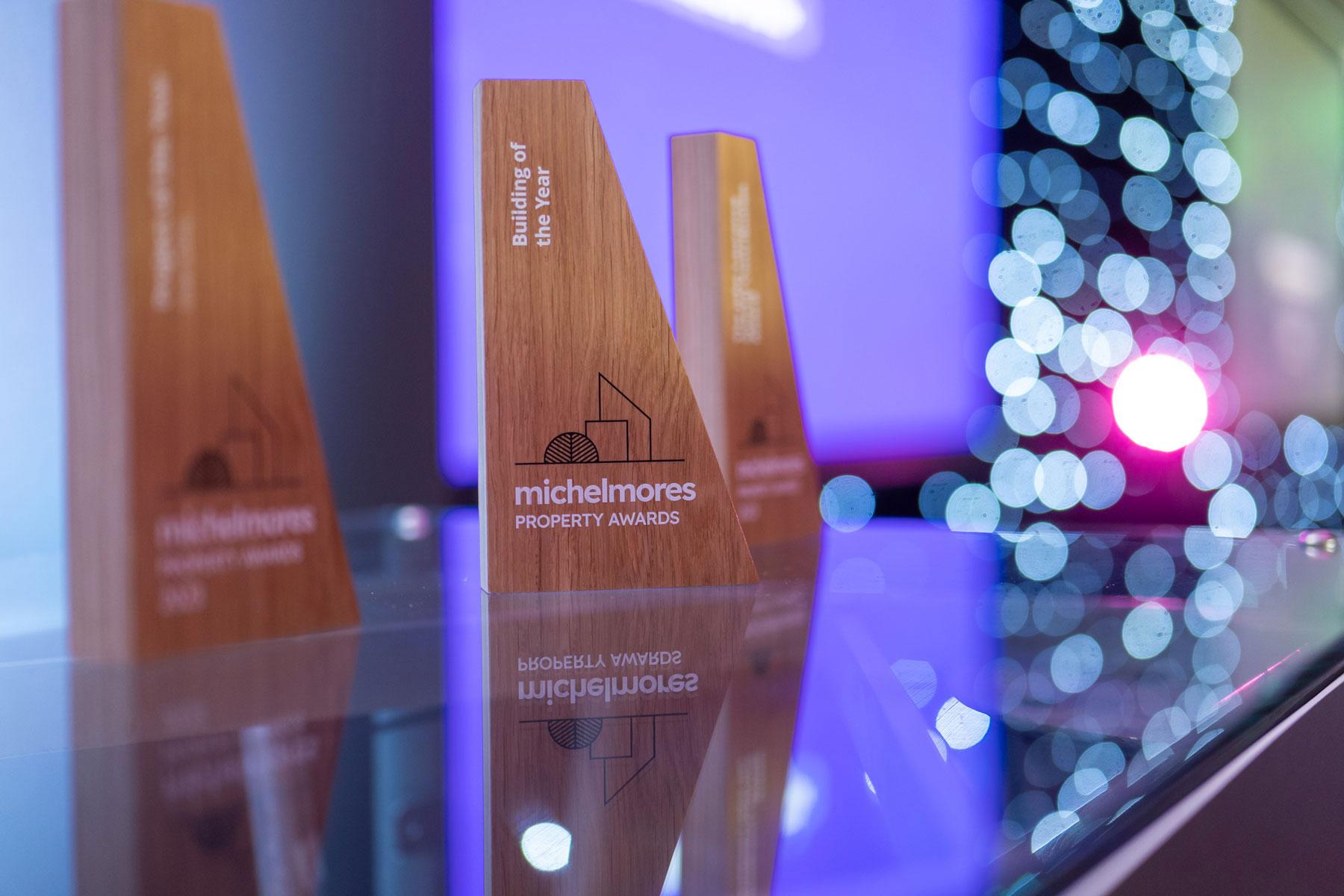Author
“Quite literally it is the last-chance saloon. We must now translate fine words into still finer actions.” These were the words spoken by Prince Charles, the Duke of Wales, in his speech to G20 leaders at COP26 in Glasgow in November 2021. The message is loud and clear – now is the time for proper and meaningful action if the UK is to meet its ambitious target of achieving net zero carbon emissions by 2050. Crucial to that goal is the commercial property sector (and use and development of general real estate), as the World Green Building Council estimates that the built environment contributes almost 40% of greenhouse gas emissions globally. The sector as a whole must take urgent steps to decarbonise and to reduce its harmful environmental impact.
So, how might it do this? Here is a summary of the main ways in which this goal could be achieved using the four “D”s – direction, devotion, delivery and demand. We also consider what this might mean for commercial property investors and owners:
Direction from government
First, it is imperative that the government (at a national, regional and local level) takes the lead in providing direction for the real estate sector by implementing a regulatory framework which prioritises the decarbonisation of the built environment and publishing detailed and fresh guidance on how that can be achieved in practical terms. For example, this may include local planning authorities considering the imposition of green/sustainable planning conditions and a focus on setting targeted sustainability standards (such as EPCs and BREEAM).
This will require working collaboratively with bodies and organisations at all levels of the supply chain, from investors to architects and engineers, and also producers of the raw materials used in the physical building and construction process.
Without direction from the government, the pace of change is likely to be slow and the path to becoming a “greener” sector will become more challenging with the passage of time.
Devotion from investors
Second, if the government can provide adequate direction required to achieve the goal of decarbonising the built environment, then investors in commercial real estate will need to devote their time and financial resources to the practical means of doing so – essentially funding a green industrial revolution.
First and foremost, this includes investing in a wide range of renewable energy sources, such as solar panels, wind turbines, air source heat pumps and hydroelectric systems, which can be used to heat and provide power to all types of buildings.
However, it also involves investing in other green technologies and infrastructure, such as electric vehicles which will eventually replace petrol and diesel powered vehicles as the primary means of transportation on our roads (including the transportation of building materials). Also coming into focus is LED lighting as a more efficient and cost-effective way of providing artificial light to our built environment, and the introduction of a common charging port for electronic devices which aims to put an end to e-waste and consumer inconvenience across the EU.
Delivery from property professionals
Once the regulatory framework and financial investment is in place, it is essential that property professionals (including agents, surveyors, lawyers, architects, engineers, and builders) are able to discuss, design and deliver the physical elements of a “greener”, more environmentally friendly built environment.
This requires all parties to be aware of the various changes which need to be made in order to decarbonise our existing real estate (including during refurbishment works) and to build new properties in a way which is sustainable and in keeping with the framework for change provided by the government and local planning authorities. For example, agents and surveyors can play a key role by recommending sustainable provisions to their clients for use in Heads of Terms, and lawyers can consider using “greener” leases and construction contracts which serve to implement these sustainable provisions.
Clearly, without the property professionals striving to achieve the goal set before them by government and local planning authority’s framework and initiatives, it will be a struggle to make a real difference to the way in which properties are built in the future and the construction methods/materials that are used.
Demand from businesses, government and communities
Finally, none of the above would be achievable or worthwhile without significant demand for radically different, “greener” real estate from businesses, government and communities – the owners, occupiers and investors of these buildings. Increased demand will inevitably drive up the need for change and these sorts of buildings will gradually replace our existing infrastructure.
We need businesses, government and communities to be forward-thinking and innovative as they sharpen their focus on how to become more sustainable. Such ways of thinking must include a practical and achievable strategy for reducing their carbon footprint – with “greener” real estate (e.g. offices, depots, warehouses, shops etc) being a major priority when it comes to making meaningful changes.
As modern-day consumers, it is incumbent on all of us (the owners, occupiers and investors of real estate) to re-evaluate our ways of living and working, and to start demanding that things are done differently – both in the domestic and commercial spheres. Ultimately, we need leaders in all walks of life to take a stand and forge a new path ahead to drastically change the shape of our built environment for the better.
If you require any legal advice on commercial property issues, please visit our website and contact any member of our Real Estate team who would be happy to assist you with any enquiries.
Author
Michelmores Property Awards
Celebrating the best of property, development and construction in the South West The Michelmores Property Awards celebrate the best property, development and construction projects in...


